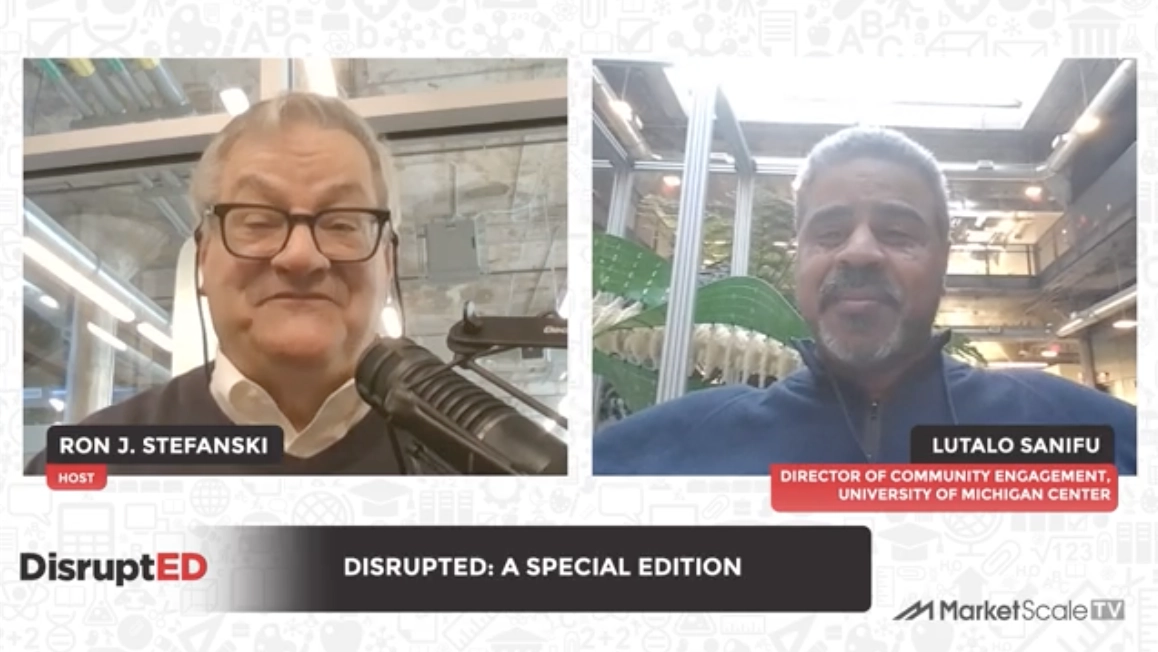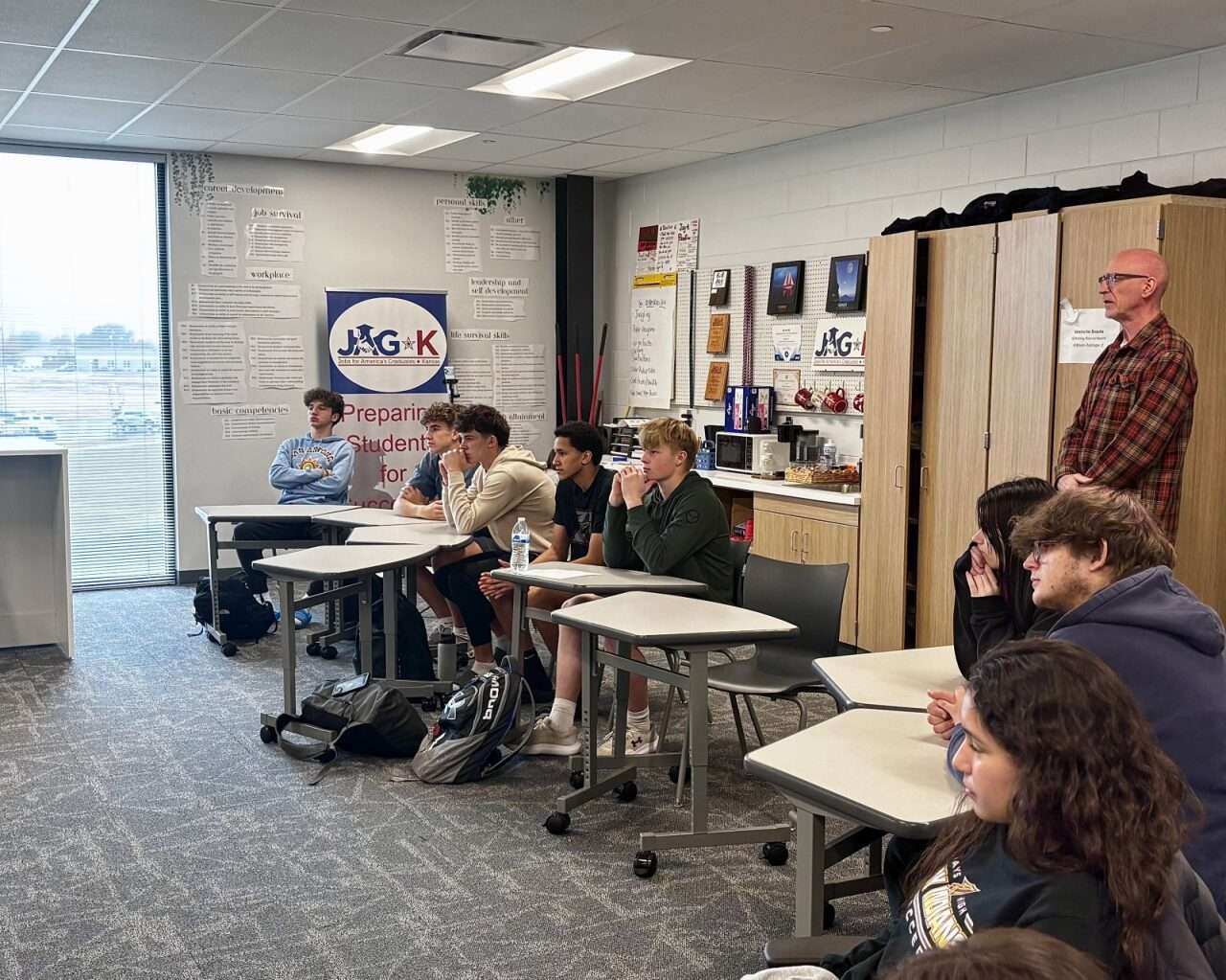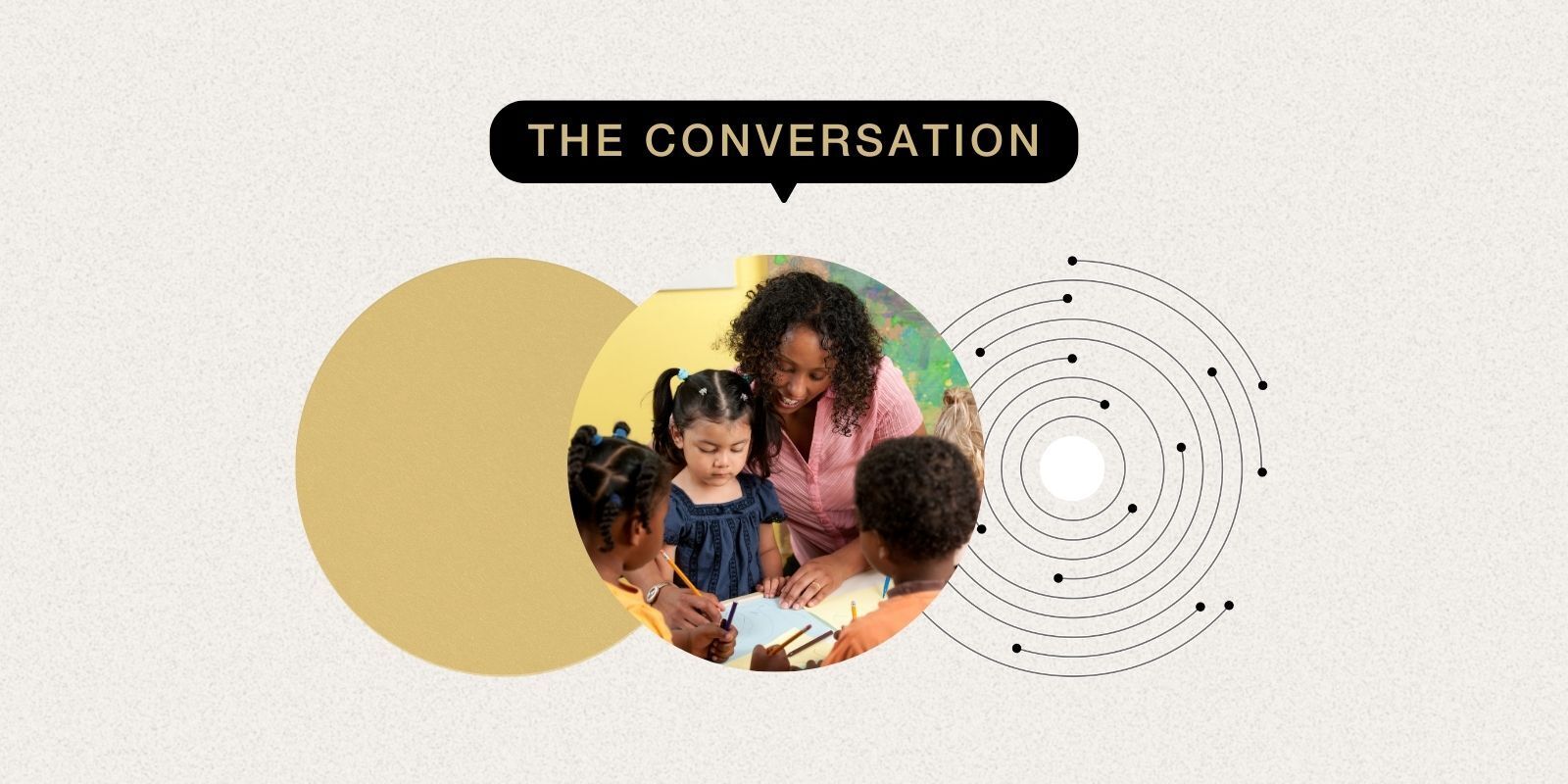‘No disruption’ to New Mexico universal child care amid government shutdown – KOAT

New Mexico’s Universal Child Care Initiative and Sustainable Development Goals
The state of New Mexico is set to launch a universal child care program, effective November 1, 2025, making it the first state in the nation to offer such services at no cost to families. This initiative, established by Governor Michelle Lujan Grisham and the state legislature, directly supports several United Nations Sustainable Development Goals (SDGs) by addressing poverty, education, gender equality, economic growth, and inequality.
Program Eligibility and Inclusivity: Advancing SDG 10 (Reduced Inequalities)
The program is designed to be broadly inclusive, significantly contributing to SDG 10 by reducing inequalities within the state. Eligibility criteria ensure that assistance reaches a wide and diverse population, including the most vulnerable.
General Eligibility Requirements
- All families where guardians are employed or enrolled in an educational program are eligible to apply for child care assistance.
Special Eligibility Provisions
Certain groups are exempt from the work or school requirement to ensure access for those in vulnerable situations:
- Grandparents who are the primary caregivers for their grandchildren.
- Families caring for infants exposed to substance abuse.
- Families experiencing housing instability.
- Families involved with the Children, Youth, and Families Department (CYFD).
Citizenship and Funding
In a direct effort to reduce inequality, a family’s eligibility is not affected by the citizenship status of the child. The New Mexico Early Childhood Education and Care Department has confirmed that financial assistance for children who do not have a federally eligible citizenship status will be covered by state funds.
Economic and Social Impact: Contributions to SDG 1, 5, and 8
The initiative is projected to have a profound economic and social impact, aligning with goals for poverty reduction, gender equality, and economic growth.
Alleviating Poverty (SDG 1) and Promoting Economic Growth (SDG 8)
By eliminating a significant household expense, the program supports SDG 1 (No Poverty). The policy features:
- No income limits for eligibility.
- No co-payments required from families.
- No fees for participating families.
This financial relief allows families to allocate resources to other essential needs, and by enabling parents to work, it supports SDG 8 (Decent Work and Economic Growth).
Promoting Gender Equality (SDG 5)
Accessible and free child care is a critical component for achieving SDG 5 (Gender Equality). It removes a primary barrier that often prevents women from entering or remaining in the workforce, thereby promoting their economic empowerment and participation.
Focus on Quality Education and Program Sustainability: Upholding SDG 4
The program emphasizes not only access but also the quality of early childhood education, a key target of SDG 4 (Quality Education).
Commitment to Quality Care
Service providers have affirmed their readiness to meet demand while maintaining high standards. According to Albuquerque Child Care Operations Director Natalie Aragon, many centers are five-star nationally accredited and enforce high regulations, including low teacher-to-child ratios, to ensure children receive quality care and learn effectively.
Operational Stability
The program’s funding structure ensures its resilience. Kendal Chavez, Deputy Secretary of the New Mexico Early Childhood Education and Care Department, stated that the initiative is funded primarily by the state’s Early Childhood Trust Fund and state appropriations. This insulates the child care services from potential disruptions related to federal government shutdowns, ensuring reliable and continuous support for New Mexico families.
Implementation and Resources
- Effective Date: November 1, 2025.
- Governing Body: New Mexico Early Childhood Education and Care Department.
- Public Information: The state will hold virtual “Universal Child Care 101” sessions for families. Enrollment and further information are available on the department’s official website.
SDGs Addressed in the Article
Explanation
The article on New Mexico’s universal child care program touches upon several Sustainable Development Goals (SDGs) by describing a state-led initiative aimed at improving social and economic outcomes for families. The policy’s design and intended impact connect directly to goals related to poverty, education, gender equality, economic growth, and inequality reduction.
- SDG 1: No Poverty – The program aims to alleviate financial burdens on families by providing free child care. The article states there are “no income limits, no co-pays, no fees for families,” which is described as a “huge relief” that helps families afford other necessities. This directly addresses economic strain, a key component of poverty.
- SDG 4: Quality Education – The initiative is managed by the “Early Childhood Education and Care Department” and focuses on providing access to early childhood development. The article emphasizes quality by mentioning that some centers are “five-star nationally accredited” with a “low teacher-to-child ratio” to ensure “quality care.”
- SDG 5: Gender Equality – While not explicitly mentioned, universal child care is a critical enabler of gender equality. By removing the cost and accessibility barriers to child care, the policy supports primary caregivers, who are predominantly women, to enter or remain in the workforce or pursue education. The eligibility for families that are “working or going to school” directly facilitates this.
- SDG 8: Decent Work and Economic Growth – The program supports this goal by enabling parents to participate in the labor force. The core eligibility requirement for families to be “working or going to school” highlights the direct link between accessible child care and a productive workforce, contributing to economic growth.
- SDG 10: Reduced Inequalities – The policy is designed to be highly inclusive. It removes economic barriers (“no income limits”) and explicitly extends eligibility to vulnerable and marginalized groups, including “families impacted by citizenship status,” “grandparents raising grandchildren,” families experiencing “housing instability,” and those involved with the state’s child welfare system (CYFD).
Specific SDG Targets Identified
Explanation
Based on the details of the universal child care program, several specific SDG targets can be identified as being directly addressed by the policy.
- Target 1.3: “Implement nationally appropriate social protection systems and measures for all, including floors, and by 2030 achieve substantial coverage of the poor and the vulnerable.” The universal free child care program is a state-level social protection system. Its design to be free and available to “All families” demonstrates an effort to achieve substantial coverage for all, including vulnerable populations.
- Target 4.2: “By 2030, ensure that all girls and boys have access to quality early childhood development, care and pre-primary education so that they are ready for primary education.” The article’s entire focus is on New Mexico’s initiative to provide “universal child care,” which directly aligns with ensuring access to early childhood care and education. The mention of “five-star nationally accredited” centers addresses the “quality” aspect of this target.
- Target 5.4: “Recognize and value unpaid care and domestic work through the provision of public services, infrastructure and social protection policies…” Free, universal child care is a public service and social protection policy that directly addresses the burden of unpaid care work, allowing caregivers to pursue economic or educational opportunities.
- Target 10.2: “By 2030, empower and promote the social, economic and political inclusion of all, irrespective of age, sex, disability, race, ethnicity, origin, religion or economic or other status.” The article emphasizes the program’s inclusivity by stating there are “no income limits” and that eligibility “shall not be impacted by the citizenship status of the participating child(ren),” thereby promoting the economic inclusion of all families regardless of their economic or citizenship status.
Indicators for Measuring Progress
Explanation
The article mentions or implies several metrics that can be used as indicators to measure progress towards the identified targets.
- Enrollment and Participation Rate: The article implies this indicator by providing a link to “enroll” and discussing the “demand” for services. Tracking the number and percentage of eligible children enrolled in the program would be a key indicator of access and coverage, relevant to Target 4.2.
- Inclusivity Metrics for Vulnerable Groups: The article explicitly states that the program is for “All families,” including specific vulnerable groups such as those with “housing instability,” “grandparents raising grandchildren,” and families regardless of “citizenship status.” An indicator would be the number or proportion of children from these specific groups who are enrolled, which would measure progress towards reducing inequality (Target 10.2).
- Quality of Care Standards: The article mentions that some centers are “five-star nationally accredited” and have a “low teacher-to-child ratio.” The percentage of participating centers that meet these or similar high-quality standards serves as a direct indicator for measuring the “quality” aspect of Target 4.2.
- Financial Accessibility and Affordability: The policy of “no income limits, no co-pays, no fees for families” is itself a key indicator. Progress can be measured by the successful implementation and maintenance of this zero-cost model for all participating families, directly reflecting the goals of social protection (Target 1.3) and reducing economic inequality (Target 10.2).
Summary Table: SDGs, Targets, and Indicators
| SDGs | Targets | Indicators |
|---|---|---|
| SDG 1: No Poverty | 1.3: Implement nationally appropriate social protection systems. | The policy of providing child care with “no co-pays, no fees for families.” |
| SDG 4: Quality Education | 4.2: Ensure all children have access to quality early childhood development, care and pre-primary education. | Enrollment/participation rate in the universal program; Percentage of centers that are “five-star nationally accredited.” |
| SDG 5: Gender Equality | 5.4: Recognize and value unpaid care work through the provision of public services. | The establishment of a universal, free public child care service for families that are “working or going to school.” |
| SDG 8: Decent Work and Economic Growth | 8.5: Achieve full and productive employment and decent work for all women and men. | The program’s eligibility criteria focused on supporting parents who are “working or going to school.” |
| SDG 10: Reduced Inequalities | 10.2: Empower and promote the social, economic and political inclusion of all. | The policy of “no income limits” and non-discrimination based on “citizenship status”; Number of children from vulnerable groups (e.g., housing instability) enrolled. |
Source: koat.com
What is Your Reaction?
 Like
0
Like
0
 Dislike
0
Dislike
0
 Love
0
Love
0
 Funny
0
Funny
0
 Angry
0
Angry
0
 Sad
0
Sad
0
 Wow
0
Wow
0
















































:focal(1500,1000)/https://media.globalcitizen.org/a6/9a/a69a4720-d8a1-4715-b596-18738d03c05c/rotary_polio_hero_image.jpg?#)







/countries/sri-lanka/photo-credit---dmc-sri-lanka.tmb-1200v.jpg?sfvrsn=dc298bcc_1#)


















